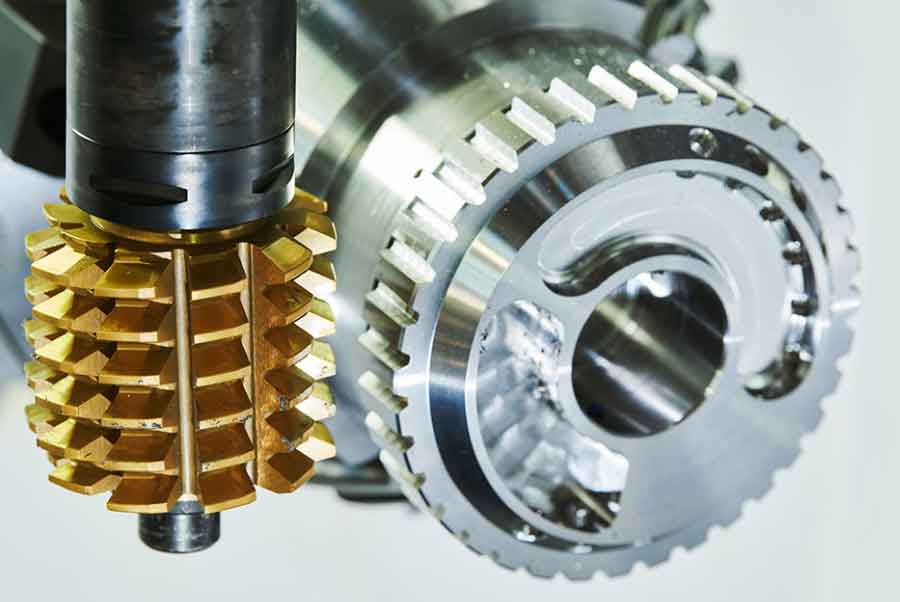
Advancements in gear hobbing techniques have significantly pushed the boundaries of gear design, enabling the production of complex, high-precision gears for various industries. These innovations are driven by advancements in technology, cutting tool materials, machine capabilities, and process optimization. Here are some notable innovations in gear hobbing techniques that have pushed the boundaries of gear design:
1. Multi-Axis CNC Gear Hobbing Machines:
Modern gear hobbing machines feature multi-axis CNC control, allowing simultaneous movements of the workpiece and hob in multiple directions. This capability enables the production of more complex gear profiles, such as high helix angle gears, multi-start worms, and non-circular gears.
2. High-Speed Gear Hobbing:
High-speed gear hobbing utilizes high-speed spindles and specialized cutting tools to achieve higher cutting speeds. This innovation results in reduced cycle times and improved productivity without compromising gear quality.
3. Skiving:
Skiving is a hybrid process that combines gear hobbing and gear shaping principles. It allows for the production of high-precision internal gears and fine-pitch external gears with superior tooth surface finish.
4. Dry Gear Hobbing:
Dry gear hobbing eliminates the use of cutting fluids during the hobbing process, reducing both environmental impact and operating costs. It requires advanced tool coatings and machine design to ensure adequate lubrication and cooling.
5. High-Speed Steel (HSS) and Carbide Hobs:
Hobs made from high-speed steel (HSS) and carbide have improved wear resistance and durability, enabling more extended tool life and higher precision during gear hobbing.
6. Cryogenic Cooling:
Cryogenic cooling involves using liquid nitrogen to cool the hob during gear hobbing. This innovation minimizes tool wear, reduces cutting temperatures, and enhances the machined surface finish.
7. Simulation and Virtual Machining:
Gear manufacturers use advanced simulation software and virtual machining to optimize the gear hobbing process before actual production. Virtual testing allows for better tool design, optimized cutting parameters, and fewer trials, leading to reduced setup times and improved productivity.
8. High-Performance Coatings:
Innovative coatings, such as diamond-like carbon (DLC) and titanium nitride (TiN), are applied to hobs to increase wear resistance and reduce friction during gear hobbing.
9. In-Process Monitoring and Quality Control:
Integrated sensors and monitoring systems provide real-time feedback during gear hobbing, allowing for immediate adjustments and quality control to ensure consistent gear quality.
10. Customized Gear Hobbing Solutions:
Gear hobbing machine manufacturers offer more flexible and customizable solutions to meet specific customer requirements, including gear automation, tooling options, and multi-process capabilities.
These innovations have significantly expanded the possibilities for gear design and production. Gear hobbing techniques continue to evolve, enabling the manufacturing of high-performance gears that meet the demands of modern industries, such as automotive, aerospace, robotics, and more. As technology advances further, gear hobbing will likely continue to push the boundaries of gear design, offering even greater precision, efficiency, and versatility.
